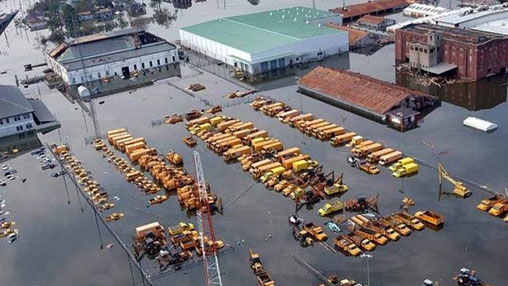Increased high-intensity cyclones, reduced arable land and the loss of low-lying regions are just some of the possible consequences for Latin America and the Caribbean if global temperatures were to rise 4°C by 2100, according to the new study ‘Turning down the Heat.’ An increase double that of the internationally recognized 2C target, widely considered to be the tipping point after which environmental damage will be irreparable.
Responsible for only a fraction (12.5%) of the world’s global emissions, Latin America could be one of the regions most affected if temperatures were to rise, with the Caribbean and tropical regions shouldering the greatest burden and the region’s poorest populations likely to suffer the most.
Concrete examples of these impacts include:
-Rising oceans
Since 1998, the melting ice from the ice fields in Patagonia has contributed to around 2% of the global annual sea level rise. As temperatures rise, this rate is only likely to increase, with the report projecting sea levels to rise between 0.5 -1m by the turn of the next century. Such a rise could do untold damage on the small, low-lying islands in the Caribbean, contaminating freshwater wetlands, vital for the islands’ water supply, and with projected losses totaling US$68.2 billion by 2080, much of which would be borne by the region’s tourism industry.
-Frequent storms
Already one of the region’s most dangerous meteorological hazards, the frequency of high-intensity tropical cyclones is predicted to increase, with Central America and the Caribbean among the four regions most likely to bear the brunt of the resulting damage. This would be of particular concern to countries such as Mexico, whose eastern seaboard, as explained in this blog, is already at considerable risk, especially given the speed at which its population size and infrastructure is growing.
-More droughts
With the world population rising, the global demand for food production is also set to increase. Currently playing host to a third of the world’s arable land and resources, the region is well placed to be a major player in future food production efforts. But, as seen by this year’s severe drought in Mexico, the report warns that a 4°C rise would severely impact upon arable lands, with reductions most keenly felt in Latin America along with Africa and India.

